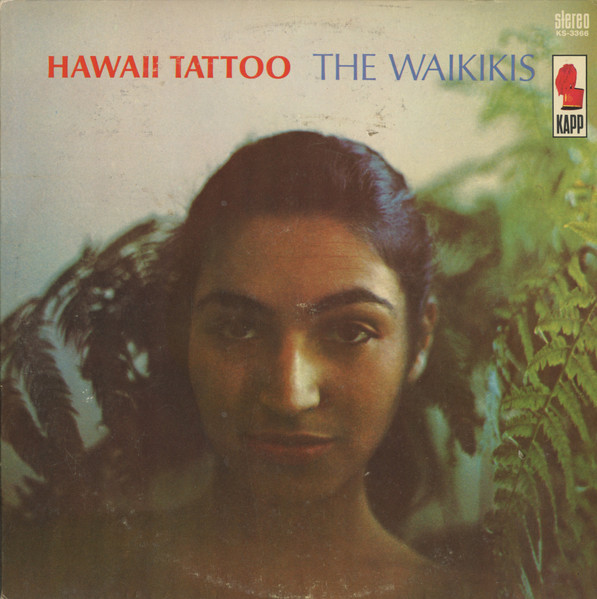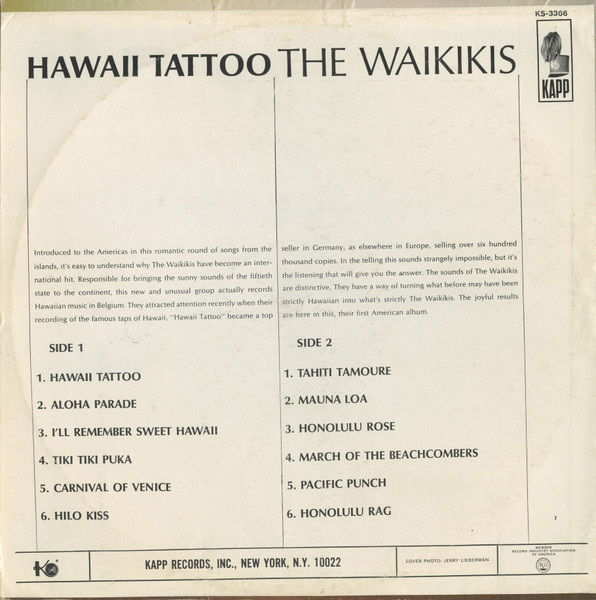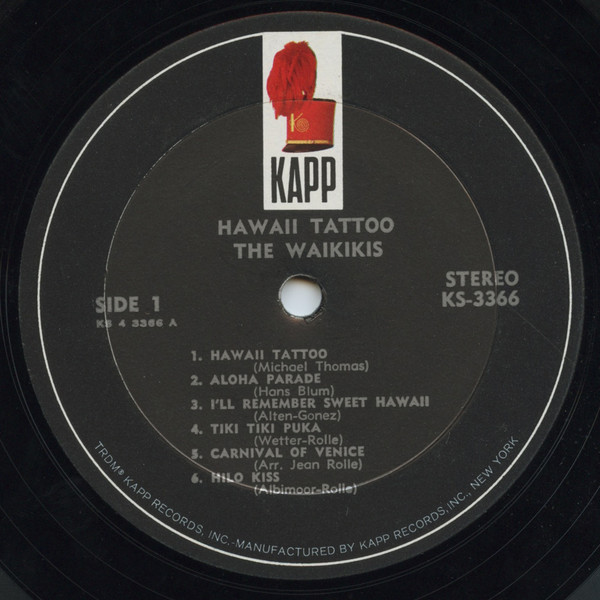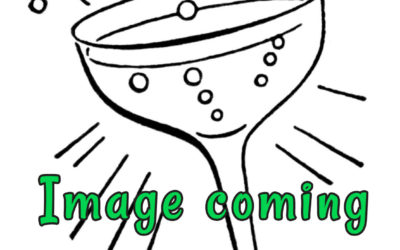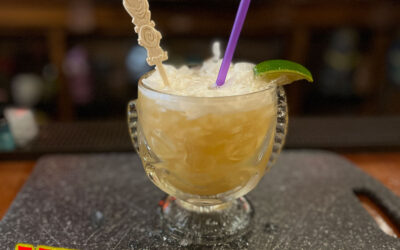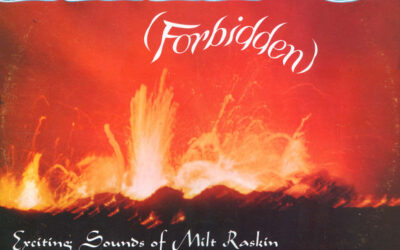Label: Kapp Records – KS-3366
Format: Vinyl, LP, Album, Stereo
Country: US
Released: 1964
Genre: Jazz, Pop, Folk, World, & Country
Style: Hawaiian, Easy Listening
Tracklist:
- Hawaii Tattoo
- Aloha Parade
- I’ll Remember Sweet Hawaii
- Tiki Tiki Puka
- Carnival Of Venice
- Hilo Kiss
- Tahiti Tamoure
- Mauna Loa
- Honolulu Rose
- March Of The Beachcombers
- Pacific Punch
- Honolulu Rag
Notes:
The 1964 album Hawaii Tattoo by The Waikikis is a celebrated collection that stands as a quintessential example of Exotica and Hawaiian-inspired music. The Waikikis, originally based in Belgium, were known for their ability to emulate the tropical sounds and ambiance of Hawaii, despite being far removed from the islands themselves. This album capitalized on the growing fascination with Polynesian culture in the 1960s, delivering a musical escapism that captured the imagination of listeners around the world.
The title track, “Hawaii Tattoo,” became the standout piece of the album, achieving international success and making its way into the charts in several countries. Composed by Michael Thomas and Martin Böttcher, the song’s instantly recognizable melody and upbeat rhythm perfectly embodied the exotic allure of Hawaiian music. Its popularity cemented The Waikikis’ reputation and led to the song becoming an enduring classic, often associated with tiki culture and the mid-century fascination with all things Hawaiian.
Other tracks on the album continue the lush, tropical theme, featuring instrumentation that conjures images of swaying palm trees, sandy beaches, and ocean breezes. The Waikikis utilized steel guitars, ukuleles, and percussion to evoke the essence of Hawaii in their sound. While the music is undeniably influenced by traditional Hawaiian styles, it also includes elements of European pop, making it accessible and appealing to a wide audience. This fusion helped the album gain recognition as a hallmark of the Exotica genre.
Beyond its musical impact, Hawaii Tattoo played a significant role in popularizing Hawaiian music and culture internationally during the 1960s. It appealed to listeners seeking an escape from everyday life and contributed to the enduring tiki revival that celebrated Polynesian-inspired art, decor, and music. The album remains a beloved artifact of its time, representing the unique intersection of cultural fascination and musical creativity that defined an era.



